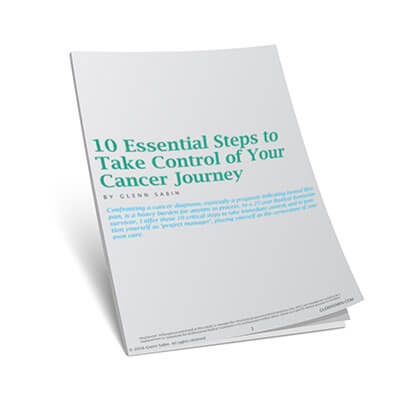There are new and compelling indications that the time of day we participate in physical activity can help fend off cancer.
According to a study published last year in the International Journal of Cancer, those who exercised in the morning—between 8 and 10—lowered their risk of developing cancer.
For clarity, the original study had a larger focus, and did include those who were actively hosting cancer.
Investigators leading the MCC-Spain study followed a group of 2,795 individuals in a continuing study, tracking the influence of environmental and genetic factors in cancer prevention, with a focus on prostate, colorectal, breast, gastroesophageal, and chronic lymphocytic leukemia.
The findings indicate that outdoor physical activity, earlier in the day, helps reset our biological clock and helps lower our risk for cancer, whereas exercising later in the day and evening disrupts the body’s circadian rhythm, and affects its hormones, therefore contributing toward disease.
The literature is irrefutable in terms of nutrition choices and physical activity to help prevent various forms of malignancy. The websites of the American Cancer Society and the National Cancer Institute include pages covering this critical information.
It would be great to have more studies—large meta-analysis reviews of studies showing the impact of sensible lifestyle choices—but there is no need to wait for them. For those living with active disease and/or under treatment, know this: with few exceptions—consult your physician—you can incorporate sensible activities and decide when you move your body, and when and what you eat, to proactively and potentially improve the trajectory of disease.
On some discernible level, your outlook and quality of life will improve. After all, these activities often help with sleep, cognition, and can reduce the deleterious side effects of anticancer medicines and radiation therapy, reducing the need for additional pharmaceuticals.
Sadly, commercial enterprises tend to focus on the latest shiny therapeutic drugs in the context of stockholder value and their market cap. We must get better at ‘doing’ prevention.
Don’t get me wrong: I am all for targeted drugs and immunotherapies and take a great interest in many of the novel therapies coming to market. Some of the newer class drugs are making a significant difference in terms of progression-free survival, and overall survival.
Parity of attention and resources is missing when it comes to treatment and prevention—it feels like ‘treatment over prevention’. This is the systemic conundrum affecting policy, priorities, and public health—often at odds with industry
As I wrote some time ago in my Open Letter to Joe Biden—what we need is a cancer prevention moonshot to impact the most people over the shortest period of time, saving many lives and reducing the profound economic costs of treating cancer with only novel therapies and technology.
“Prevention” must go beyond the diagnostics of colonoscopies and mammograms, and can surpass current standards of things such as vaccines, and programs like smoking cessation. Yes, they make a difference, but there is so much more that is possible in the area of self-directed preventative-action, delivered through education and support, that produces a measurable outcome of a healthier overall population.
The American Cancer Society and World Health Organization state that up to 50% of cancer incidents can be prevented through lifestyle modifications and environmental awareness.
Many feel this number is grossly underestimated. But imagine, for a moment, if we could reduce the burden of largely preventable cancer occurrences by just 5% per year, year-over-year, for a period of five or more years.
Surely this reduction of cancer burden, read: lives saved, families held together, livelihoods and savings retained, productivity protected, health insurance costs in check, would arguably have a greater positive impact than this so-called race to the cure through drug development and technological advances.
Again: this is not a zero sum proposition. We need an ever-improving drug development pipeline and technological advances to better manage those living with cancer. AND we need a more robust, cohesive strategy to reduce up to 900,000 of the ‘preventable’ cancer diagnoses each year.
Let’s start by doing our part, regardless of whether we are hosting (aka living with) cancer, or acting to prevent it, by getting outside early every morning—weather-permitting, of course—and move, move, move. And maybe, with your example, it will catch on.
Photo credit: bigstock.com/sutthinon
Join my private Facebook Group Anticancer Thrivers—a community forum for achieving your best life while living with cancer.


